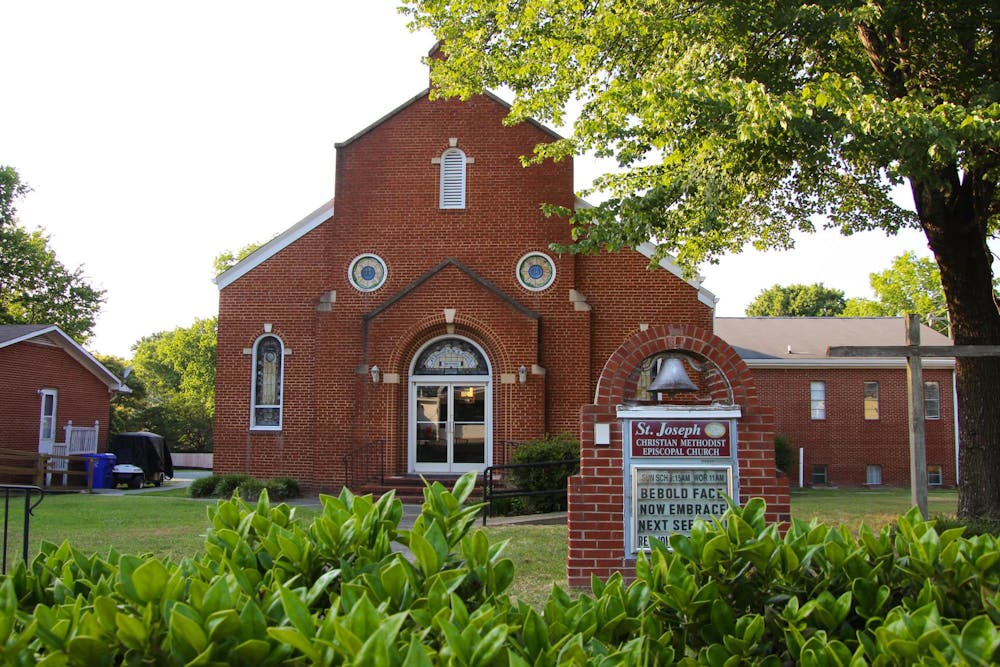Located between the downtown areas of Chapel Hill and Carrboro, Northside is one of the oldest historically Black neighborhoods in the area.
It has produced leaders and educators and is integral to the history of Chapel Hill’s Black community, George Barrett, executive director of the Marian Cheek Jackson Center, said.
During the mid-19th century, enslaved Black people lived off of lease or loan from white residents on what was called the “west end” of Chapel Hill — the Northside neighborhood.
CJ Suitt, Chapel Hill’s first poet laureate, said that while they were settled there to build the University, Northside residents gave the neighborhood new value.
“Black folks who built the University came and made this area of town their own — their home — as they brought culture and different aspects of togetherness and connectedness to the larger Chapel Hill community,” they said.
In the early 20th century, Northside expanded during the Great Migration, wherein the growth of the railroad system, cost of living challenges during the wartime-Depression era and the stifling impacts of Jim Crow Laws led Black people to migrate further north, searching for work in growing urban centers.
While many went further north, job opportunities at the University or the Carr Mill textile factory took Black people to Chapel Hill, where many settled in Northside.
“Northside, among other things, became one of the service enclaves for the University,” Barrett said. “So a lot of the folks worked in the dining hall, were cafeteria workers, janitors from the janitorial society. The service workforce of the University, and also a lot of Chapel Hill, were many folks from this neighborhood — this was one of the hubs.
The Hargraves Community Center was first established in the 1940s to give Black people a space to gather publicly, socialize and enjoy recreational facilities under Jim Crow Laws.





